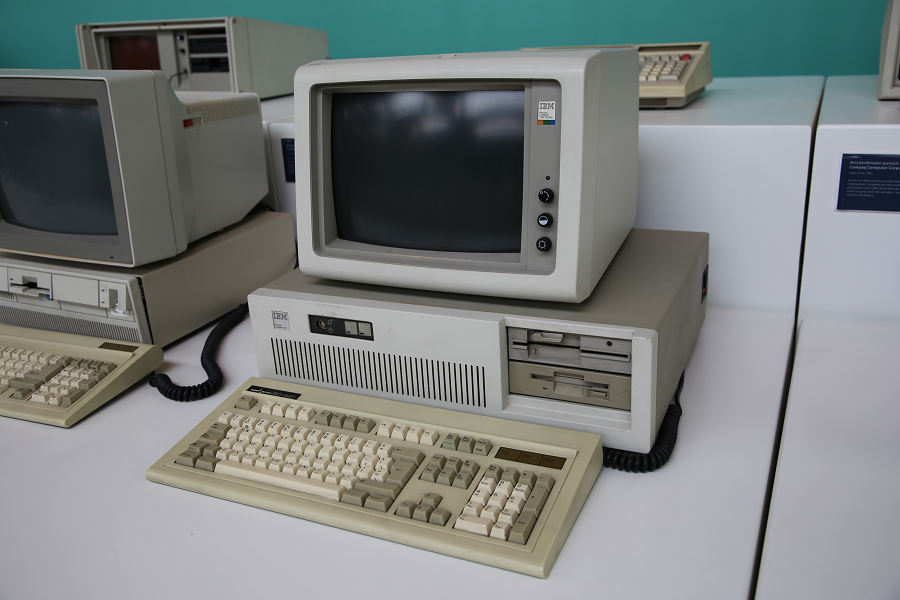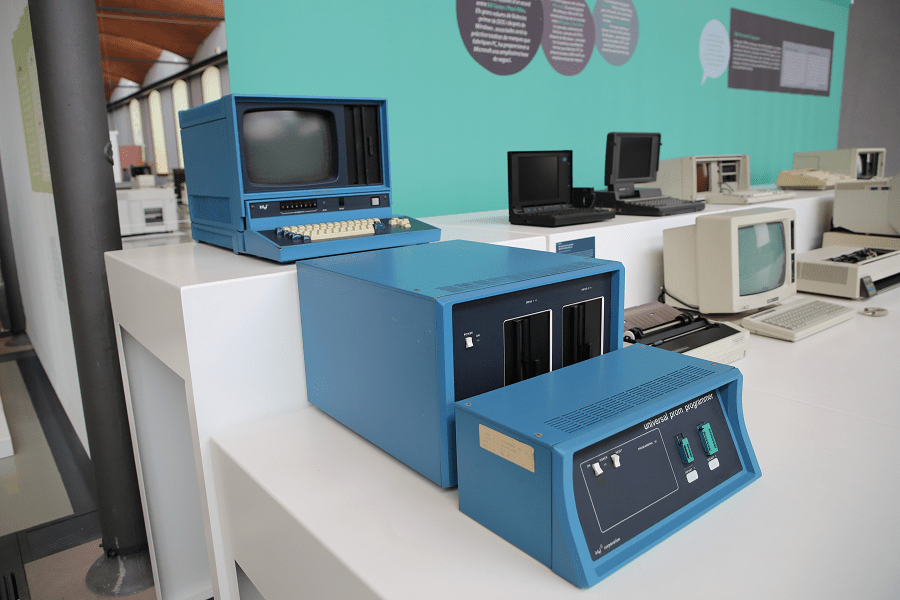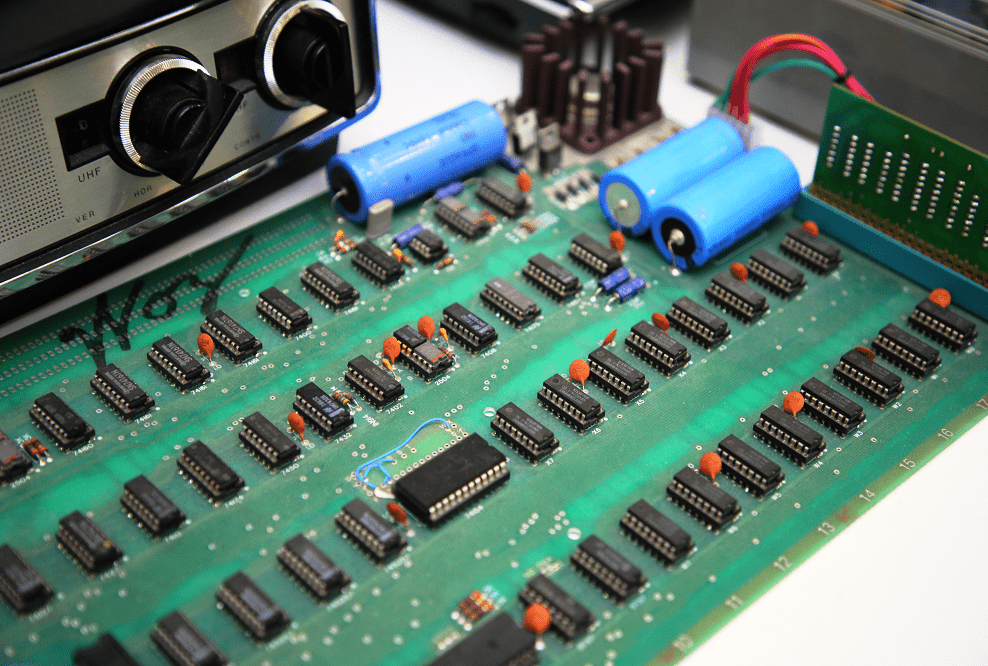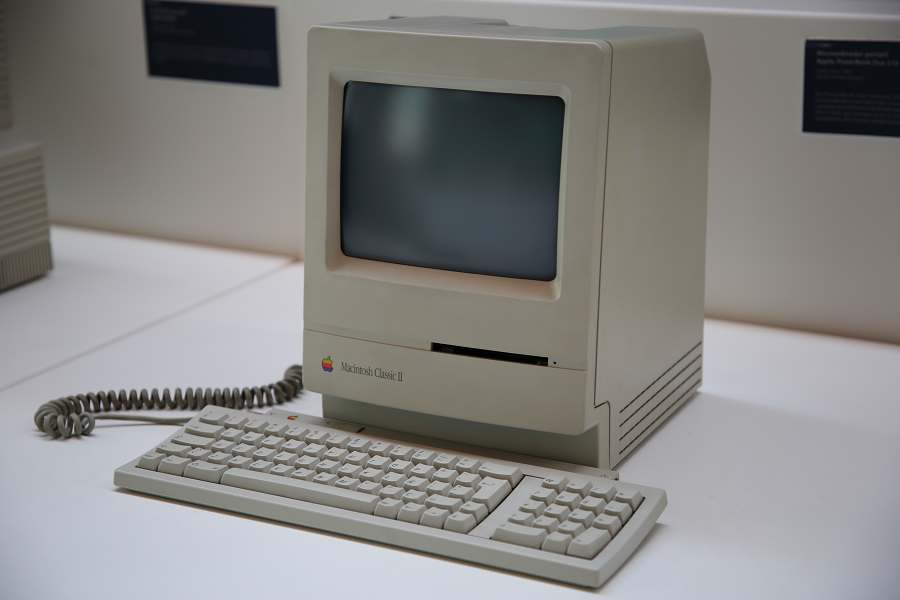IBM PC AT model 5170.
The IBM Personal Computer AT (model 5170, abbreviated as IBM AT or PC/AT) was released in 1984 as the fourth model in the IBM Personal Computer line, following the IBM PC/XT and its IBM Portable PC variant. It was designed around the Intel 80286 microprocessor.
IBM did not specify an expanded form of “AT” on the machine, press releases, brochures or documentation, but some sources expand the term as “Advanced Technology”, including at least one internal IBM document.
IBM’s 1984 introduction of the AT was seen as an unusual move for the company, which typically waited for competitors to release new products before producing its own models. At $4,000–6,000, it was only slightly more expensive than considerably slower IBM models. The announcement surprised rival executives, who admitted that matching IBM’s prices would be difficult. No major competitor showed a comparable computer at COMDEX Las Vegas that year.
The AT is IBM PC compatible, with the most significant difference being a move to the 80286 processor from the 8088 processor of prior models. Like the IBM PC, the AT supported an optional math co-processor chip, the Intel 80287, for faster execution of floating point operations.
In addition, it introduces the AT bus, later known as the ISA bus, a 16-bit bus with backwards compatibility with 8-bit PC-compatible expansion cards. The bus also offered fifteen IRQs and seven DMA channels, expanded from eight IRQs and four DMA channels for the PC, achieved by adding another 8259A IRQ controller and another 8237A DMA controller. Some IRQ and DMA channels are used by the motherboard and not exposed on the expansion bus. Both dual IRQ and DMA chipsets are cascading which shares the primary pair. In addition to these chipsets, Intel 82284 Clock Driver and Ready Interface and Intel 82288 Bus Controller are to support the microprocessor.
The 24-bit address bus of the 286 expands RAM capacity to 16 MB.
PC DOS 3.0 was included with support for the new AT features, including preliminary kernel support for networking (which was fully supported in a later version 3.x release).
The motherboard includes a battery backed real-time clock (RTC) using the Motorola MC146818. This was an improvement from the PC, which required setting the clock manually or installing an RTC expansion card. The RTC also included a 1024 Hz timer (on IRQ 8), a much finer resolution than the 18 Hz timer on the PC.
In addition to keeping the time, the RTC includes 50 bytes of CMOS memory which is used to store software-adjustable BIOS parameters. A disk-based BIOS setup program which saved to this memory took the place of the DIP switches used to set system settings on PCs. Most AT clones have the setup program in ROM rather than on disk.
The standard floppy drive was upgraded to a 1.2 MB 5+1⁄4 inch floppy disk drive (15 sectors of 512 bytes, 80 tracks, two sides), which stored over three times as much data as the 360 KB PC floppy disk, but had compatibility problems with 360k disks (see Problems below). 3+1⁄2 inch floppy drives became available in later ATs.
A 20 MB hard disk drive was included as standard. Early drives were manufactured by Computer Memories and were found to be very unreliable.












